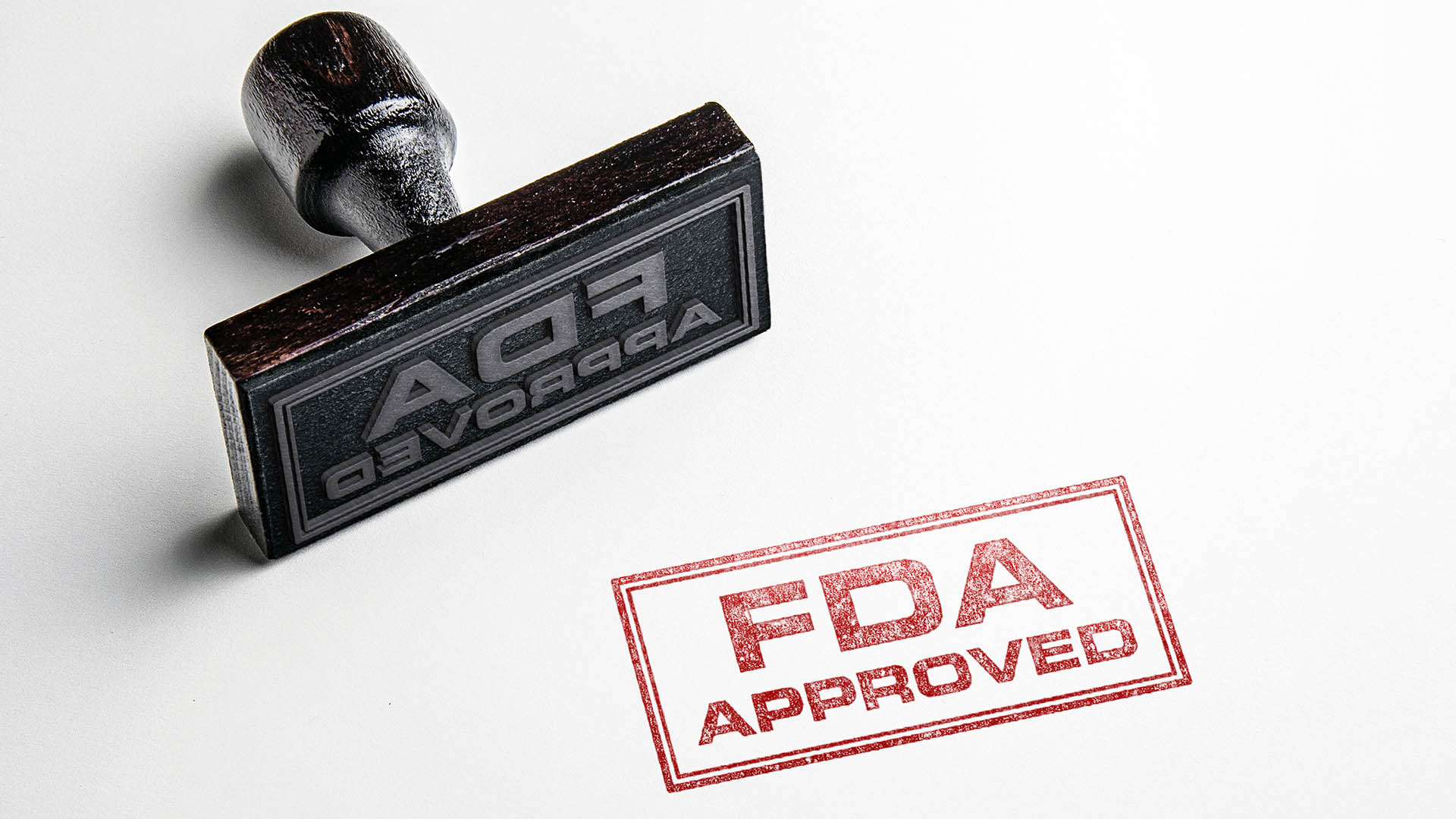Iron ore prices might be up sharply this year, but that didn’t make much difference to interim profit figures from Rio Tinto (RIO) late yesterday. They fell, as expected to 12-year lows.
The company revealed first half underlying earnings of $US1.56 billion, the lowest since 2004, and sharply lower than the $US2.9 billion of underlying earnings reported for the first half of 2015.
Shareholders will be paid a dividend of 45 US cents a share for the first half, which as expected, is big reduction compared to August 2015 when shareholders were paid $US1.075 a share.
But it is better than the 41 US cents a share forecast by the market, and directors repeated that the full year payout will be not less than $US1.10 a share, as committed to in February of this year.
Net earnings more than doubled to just over $1.7 billion from $US806 million in the same period of 2015. That’s because the company wasn’t hit by impairment charges or big losses from the US dollar in the latest half year.
Pre-tax profit (on an earnings before interest, tax, depreciation and amortisation basis) slumped 27% to $US5.36 billion, on consolidated sales revenues of $US15.5 billion for the half year, $US2.5 billion lower than the same period of last year, “reflecting a $2.6 billion reduction due to the decline in commodity prices,”according to directors.
Rio Tinto said net debt fell 6% to $US12.9 billion.
The dividend is the first paid by the company under its new dividend policy, which aims to payout between 40% and 60% of underlying earnings over the long-term, but not necessarily in each year.
That means Rio’s dividend bill will cost at least $US2 billion for the year – the interim was just over $US800 million.
Interestingly there’s been no change to the company’s planned capex between now and the end of 2018. The lower levels established in February were maintained in yesterday’s announcement at "around $4.0 billion in 2016, around $5.0 billion in 2017 and around $5.5 billion in 2018. Each year includes around $2.0 billion of sustaining capex.” The spending was cut by $US3 billion in February.
Iron ore again dominated Rio’s earnings. The benchmark price averaged $US52.09 between January 1 and June 30, and was trading above $US61 a tonne yesterday.
Copper prices fell under $US2 a tonne early in the year, but has recovered to around $2.22 this week
Rio announced late Tuesday night that it will spend $US338 million expanding its Silvergrass iron ore mine in the Pilbara, which will allow the company to move closer to its target of exporting 360 million tonnes of iron ore a year from its WA mines.
The extra works are expected to deliver a further 10 million tonnes of capacity, and take Silvergrass’ total output up to 20 million tonnes of mine and plant capacity.
Rio Tinto’s new CEO, Jean-Sebastien Jacques said in yesterday’s statement: “Rio Tinto has generated net cash from operating activities of $3.2 billion and reported underlying earnings of $1.6 billion, against a backdrop of continued volatility and lower commodity prices.
“We focus on delivering value to shareholders. This focus is unrelenting, with further cost reductions achieved in the half and EBITDA margins of 33 per cent. With our strong operating cash flows, tight control over capital expenditure and progress on divestments, the balance sheet remains robust. Having paid the 2015 final dividend of $1.9 billion in April 2016, we reduced net debt during the half to $12.9 billion.
“Our balance sheet strength and Tier 1 assets provide a stable foundation in these uncertain and volatile markets, which is fundamental in a cyclical and capital-intensive industry. We will generate cash at every opportunity, which we will then allocate in a disciplined way to deliver returns to shareholders, while also investing in compelling growth.”
Rio Tinto shares ended flat at $49.42 before the half-year results were released after the close of trading yesterday.













